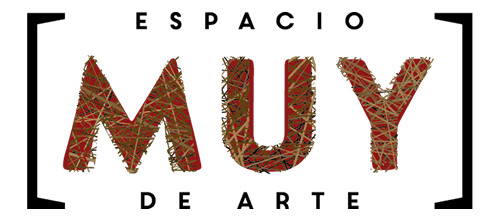Lorem ipsum dolor sit amet, consectetur adipiscing elit. Aliquam vitae dui nibh. Nulla quis ligula suscipit, placerat elit eu, elementum elit. Duis gravida lorem nec nisl fringilla sollicitudin vitae nec tellus. Nam condimentum mauris ut ligula gravida sollicitudin. Pellentesque consectetur id libero in pulvinar. Nam elementum facilisis lacus, eleifend tempor nisl auctor eget. Quisque eu nisi nec dui scelerisque fringilla. Lorem ipsum dolor sit amet, consectetur adipiscing elit. Suspendisse dolor velit, accumsan nec tortor vel, faucibus suscipit mi.
Vivamus magna mauris, facilisis in lacus nec, consequat dignissim ligula. Vestibulum ac gravida nisi. In in viverra lectus, vitae euismod ipsum. Fusce vel iaculis diam. Lorem ipsum dolor sit amet, consectetur adipiscing elit. Praesent ut mauris ligula. Morbi posuere elit ut lorem vehicula commodo. Mauris rhoncus nisl elit, eget vulputate tortor tincidunt eu. Pellentesque non metus in eros aliquet facilisis. Vestibulum sit amet faucibus sem, eget scelerisque dolor. Orci varius natoque penatibus et magnis dis parturient montes, nascetur ridiculus mus.

